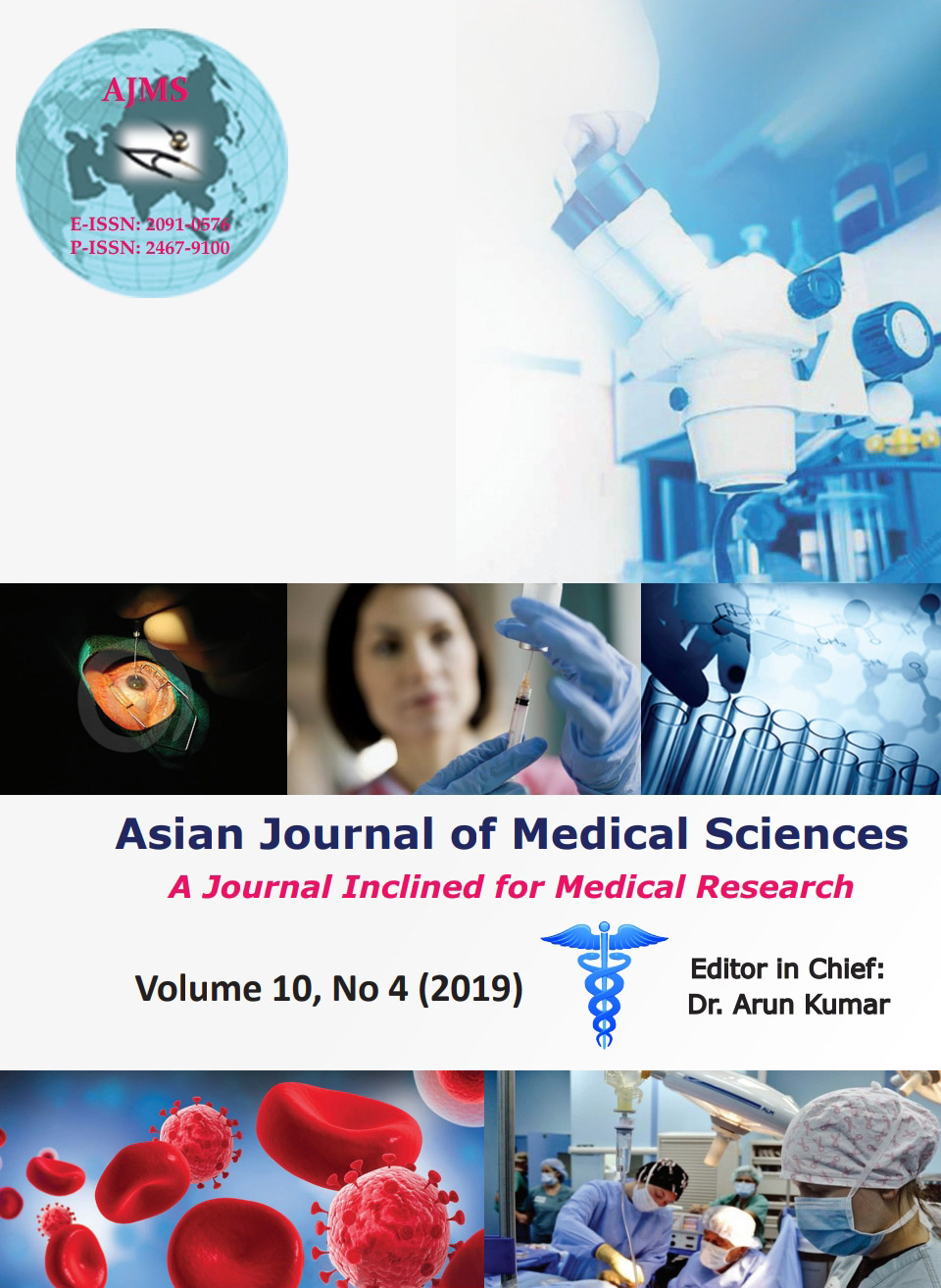Post-Traumatic Stress Disorder among Emergency Medical Services Personnel: A Cross-sectional Study
Keywords:
Post-Traumatic Stress Disorder, Emergency Medical Services, Saudi ArabiaAbstract
Background: Post-Traumatic Stress Disorder is characterized by directly experiencing traumatic events or witnessing, learning, or repetitively experiencing the details of these events. High risk occupations (i.e., EMS personnel) frequently encounter traumatic eventscoping with events exceeding the range of human experiences. Regional lack of studies necessitated the need to report the prevalence of PTSD among healthcare providers in Saudi Arabia (SA).
Aims and Objective: To explore the prevalence of PTSD among EMS personnel.
Materials and Methods: This a descriptive cross-sectional study at King Abdul Aziz Medical City (KAMC), Riyadh, SA among 110 paramedics, emergency medical technicians (EMT), and ambulance drivers who were conveniently selected for this screening. Post-Traumatic Stress Disorder Checklist, the Civilian version, (PCL-C) was used to screen the participants, and cut-off point was 30-35. PTSD symptoms (present & absent) was considered as outcome measure.
Results: Total of 110 participants were contacted, 74 (67%) agreed to participate. Around half of the participants were EMT (52%). Total number of screened individuals is 52, 14 (26.9%) had positive screening, of those, EMT had higher proportion than paramedics (32% vs 20.8%).
Conclusion: This report is the first PTSD prevalence among healthcare providers in SA. The results showed that 26% of EMS personnel had positive screening for PTSD. Attention should be directed toward this issue by regular psychological evaluation and implementing psychological rehabilitation programs for EMS personnel. The study reflects only one center in the city, thus generalization would not be inappropriate.
Downloads
Downloads
Published
How to Cite
Issue
Section
License
Authors who publish with this journal agree to the following terms:
- The journal holds copyright and publishes the work under a Creative Commons CC-BY-NC license that permits use, distribution and reprduction in any medium, provided the original work is properly cited and is not used for commercial purposes. The journal should be recognised as the original publisher of this work.
- Authors are able to enter into separate, additional contractual arrangements for the non-exclusive distribution of the journal's published version of the work (e.g., post it to an institutional repository or publish it in a book), with an acknowledgement of its initial publication in this journal.
- Authors are permitted and encouraged to post their work online (e.g., in institutional repositories or on their website) prior to and during the submission process, as it can lead to productive exchanges, as well as earlier and greater citation of published work (See The Effect of Open Access).




